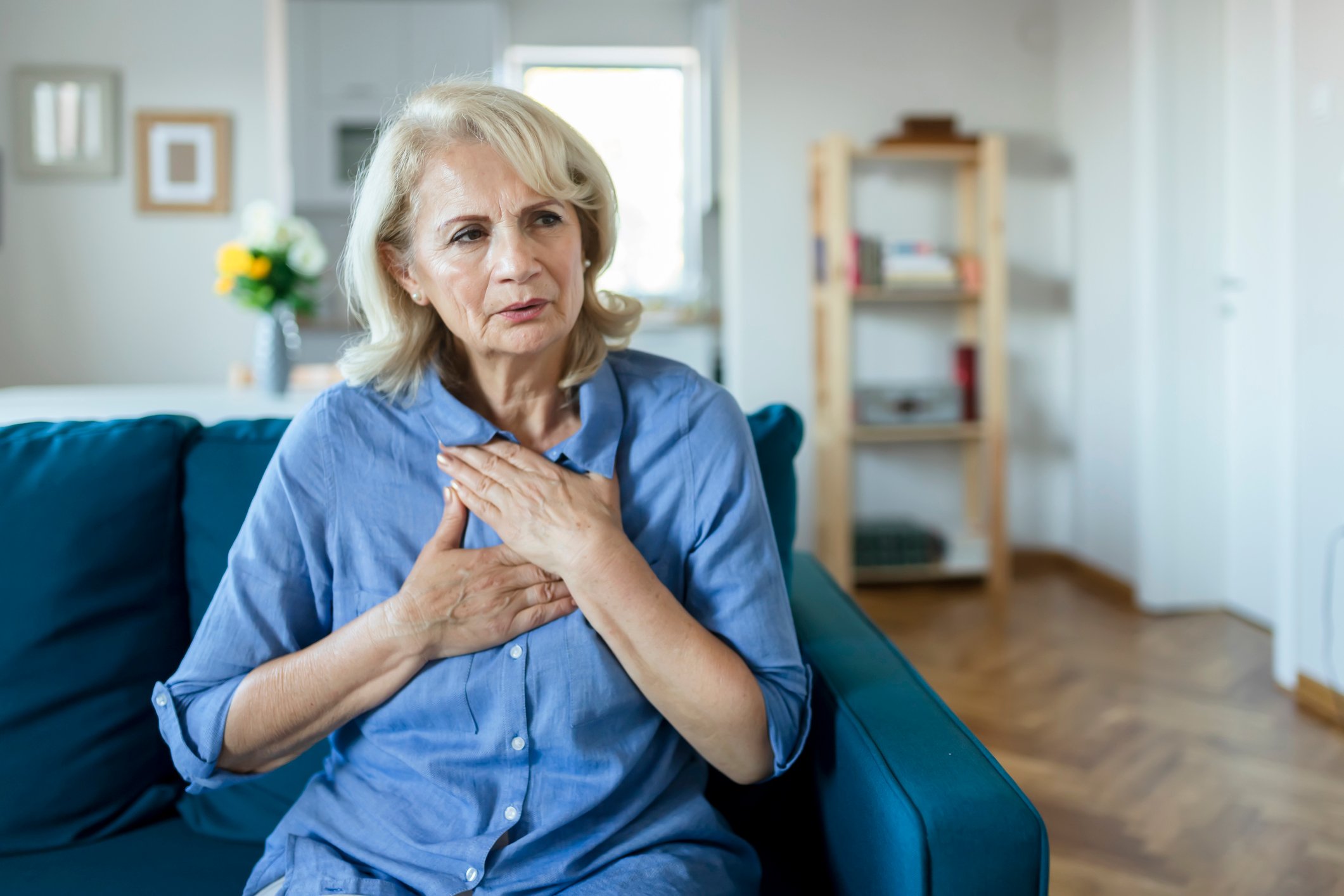What is Peripheral Artery Disease (PAD)?
A relatively common disease with wide effects.
Peripheral artery disease (PAD) is a narrowing or blockage of the blood vessels in the limbs. This relatively common circulatory problem essentially decreases blood flow to the feet and legs, affecting the health of your skin on your feet and legs. PAD can also lead to ulcers - which do not heal - and an increased risk for heart attack and stroke.

But what causes peripheral artery disease? One cause might be atherosclerosis, a hardening of the arteries, where cholesterol and plaque block the narrowed artery. This can lead to damaged, diseased or weakened blood vessels. Aneurysms, blood clotting too easily and abnormal connections between arteries and veins can also cause PAD.
Additionally, there are several risk factors associated with getting PAD. These include:
- Smoking
- High cholesterol
- High blood pressure
- Diabetes
- Heart disease
- Obesity
- Family history of arterial disease
It is vital to work with your doctor to control these risk factors.
How to Treat PAD?
Solving PAD requires an understanding of how blood circulates through the body. Blood carries oxygen through the body by moving through arteries and veins. This oxygen is then carried to the tissue on the limbs, which is vital to those limbs remaining healthy. Consider an ulcer, for example. If the tissue does not get the oxygen it needs because of a narrowed or blocked artery an ulcer can form. These ulcers can be very painful and sometimes only professional wound care can ease them.
Additional treatments include:
- Diet low in saturated fats
- Moderate exercise
- Medicine to dilate vessels
- Surgical intervention
When to Call Your Health Care Provider
Talk with your health care provider if you notice:
- Pain or cramps in the calf area while walking or exercising, even if the pain or cramps go away after exercising
- Pain in the feet or legs while resting
- Pain in your legs or feet that wake you from sleep
- Decreased or no hair growth on the feet or legs
- Lower legs and feet are often cool to touch
- Legs and feet appear pale when raised and purplish when hanging down
- Numbness or tingling in feet and legs
- A foot ulcer, or other wound, does not heal
Finally, if you have received treatment for PAD, it is vital you take steps to ensure it does not return. Some tips to keep your wound from returning include:
- Monitor your symptoms
- Stop or decrease smoking
- Lose weight if over weight
- Eat a healthy, low fat and low cholesterol diet
- Decrease stress
- Do not cross your legs for long periods of time
- Get exercise by walking, biking, gardening, etc.

Dr. Anthony Viol is a board-certified plastic surgeon and a Medical Director at Chesapeake Regional Medical Center’s Advanced Wound Care & Hyperbaric Center. Dr. Viol received his medical degree from Eastern Virginia Medical School in Norfolk, Va., where he also completed a residency program in general surgery. He completed a fellowship in plastic surgery at Duke University in Durham, N.C. and has vast experience caring for slow-to-heal wounds and the surgical treatment of skin concerns.